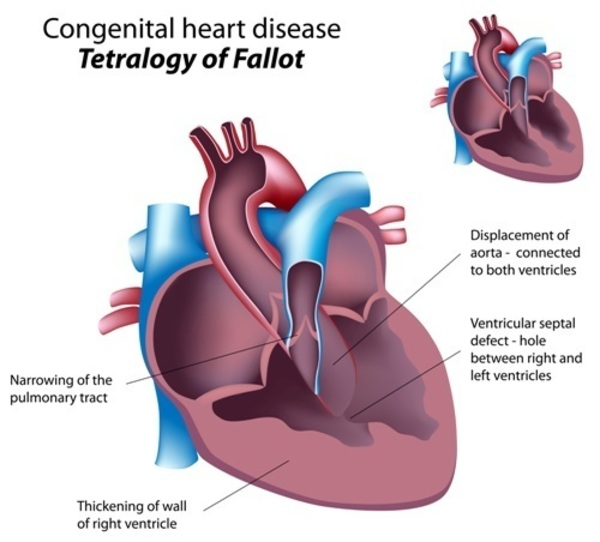
Device Closure of Congenital Heart Disease
Different types of closure devices are used to close a hole or an opening between the right and left sides of the heart. Some of these birth defects are located in the wall (septum) between the upper chambers (atria) of the heart:
The percutaneous closure of PFO and ASD is performed using a special closure device. The device is folded or attached on to a special catheter, similar to the catheter used during your catheterization. The special catheter is inserted into a vein in the leg and advanced into the heart and through the hole. The device is slowly pushed out of the special catheter allowing each side of the device to open up and cover each side of the hole (like a sandwich), closing the hole or defect. When the device is in proper position, it is released from the special catheter. Over time, heart tissue grows over the implant, becoming part of the heart. The PFO AND ASD closure procedure is monitored by X-ray and an ultrasound camera inserted in the heart from a vein in the groin.